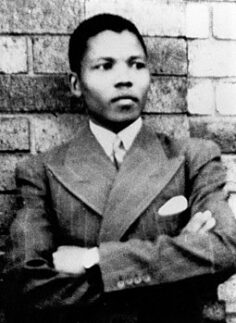Procter & Gamble: History and Overview
Procter & Gamble (P&G) is one of the world’s largest and most successful consumer goods companies, known for its diverse portfolio of household and personal care products. Here’s an overview of its history and impact:
Founding Years:
P&G was founded in 1837 by William Procter, a candlemaker, and James Gamble, a soapmaker, in Cincinnati, Ohio, USA. The two entrepreneurs, who had married sisters, formed a partnership to capitalize on the rapidly growing demand for soap and candles. Their initial collaboration laid the foundation for what would become a global consumer goods empire.
Early Growth and Innovation:
In its early years, P&G focused on innovation and quality, introducing new products and refining manufacturing processes. One of its early breakthroughs was the introduction of Ivory soap in 1879, which was marketed as a pure and gentle alternative to harsh soaps of the time. This marked the beginning of P&G’s reputation for producing high-quality, innovative products.
Expansion and Diversification:
Throughout the 20th century, P&G continued to expand its product lines and reach new markets. It introduced iconic brands such as Tide laundry detergent in 1946, Crest toothpaste in 1955, and Pampers diapers in 1961. By diversifying its portfolio, P&G became a household name, with products that addressed a wide range of consumer needs.
Global Reach:
P&G’s expansion wasn’t limited to the United States. The company aggressively pursued international markets, establishing subsidiaries and manufacturing facilities around the world. Today, P&G operates in more than 180 countries and serves billions of consumers worldwide.
Innovation and Research:
Innovation has always been at the heart of P&G’s success. The company invests heavily in research and development to create new products, improve existing ones, and stay ahead of consumer trends. P&G’s research facilities, such as the Gillette Innovation Center and the P&G Beauty Research Center, are renowned for their scientific expertise and technological advancements.
Sustainability and Social Responsibility:
In recent years, P&G has increasingly focused on sustainability and social responsibility. The company has set ambitious goals to reduce its environmental footprint, improve the lives of people in its supply chain, and contribute to social causes. Initiatives like the Children’s Safe Drinking Water Program, which provides clean water to communities in need, exemplify P&G’s commitment to making a positive impact beyond its products.
Brand Portfolio:
P&G’s brand portfolio includes some of the most recognizable names in the consumer goods industry, spanning categories such as beauty and grooming, healthcare, home care, and baby care. Some of its well-known brands include Olay, Gillette, Pantene, Head & Shoulders, and Always, among many others.
Conclusion:
Procter & Gamble’s rich history, commitment to innovation, and dedication to meeting consumer needs have made it a global leader in the consumer goods industry. From its humble beginnings as a small soap and candle manufacturer in Cincinnati to its current status as a multinational powerhouse, P&G continues to shape the way people live, work, and care for themselves and their families.
Visit Website:PANDG
CHART
Company Financials
Company profile
Board of Directors
News



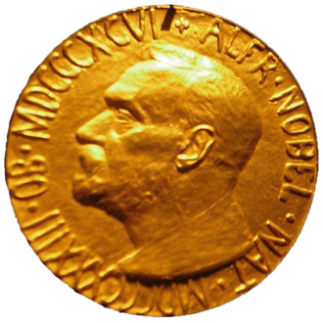
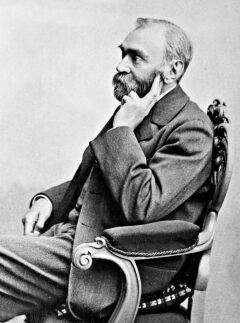
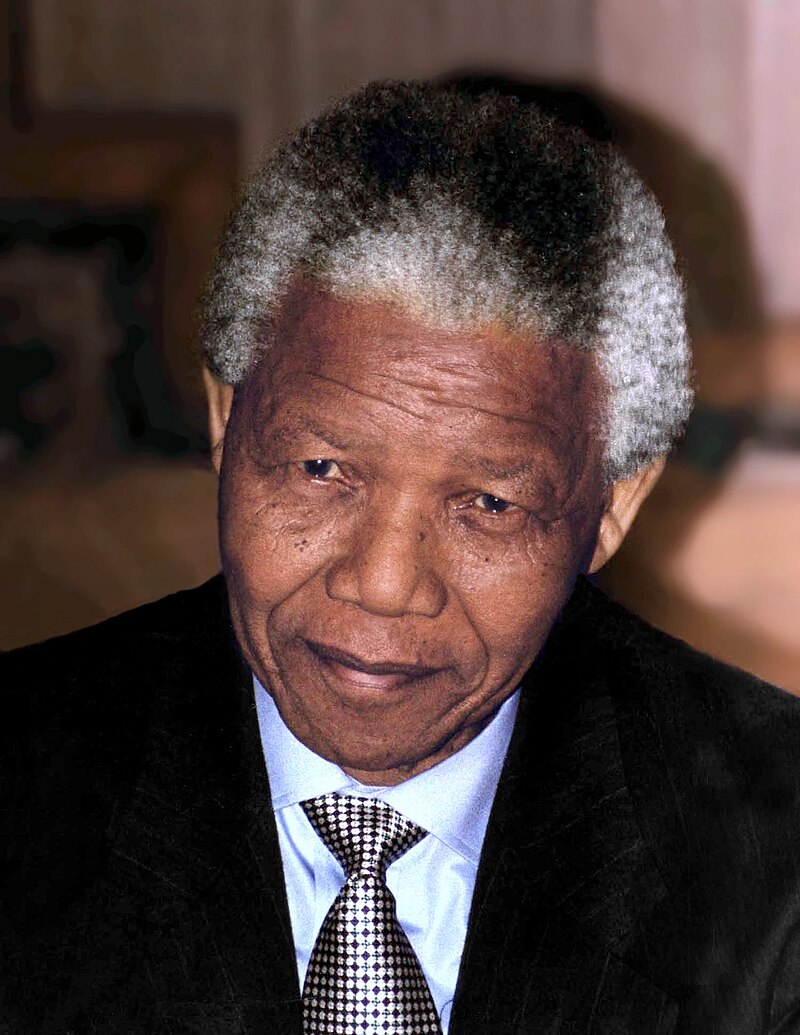
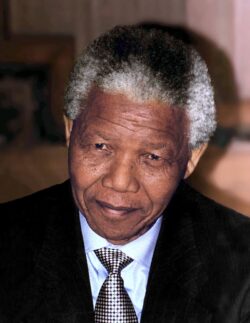 Nelson Rolihlahla
Nelson Rolihlahla 